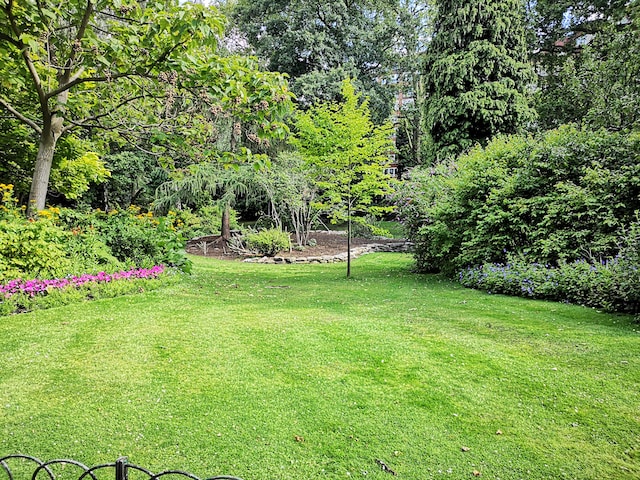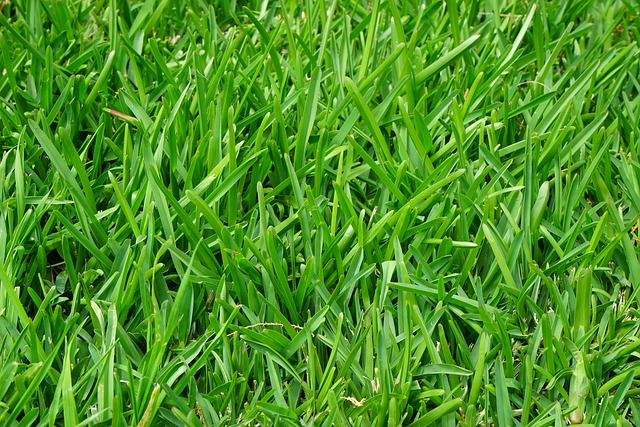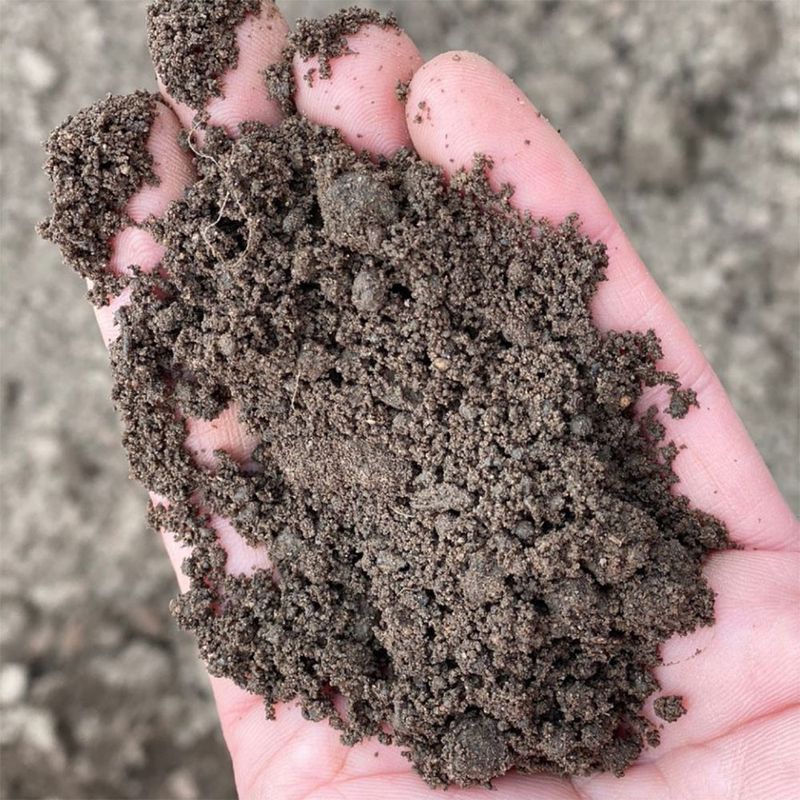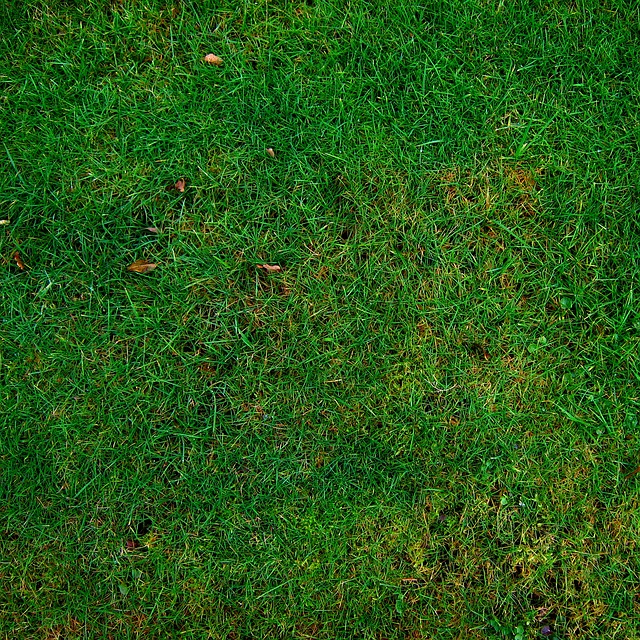There’s nothing quite like the green, green grass of home, right? Especially your own home.
It’s no coincidence the Great British garden is famed all over the world for its well-kept, immaculate lawn.
But that doesn’t mean you can create a lush, picture-perfect garden lawn overnight.
At Landscaping Superstore, we’re often asked:
How long does grass seed take to grow?
The short answer – typically, grass seed germination takes around 7 to 10 days.
But wait! There’s a lot more to it.
Having said that, let’s take a closer look at how long does it take for grass seed to grow and the grass growing season in the UK.
Table of contents:
- How long does lawn seed take to germinate?
- What month is best to sow grass seed in the UK?
- Should I mix grass seed with topsoil?
- Why is my grass seed not growing?
- Final thoughts
How long does lawn seed take to germinate?

As we’ve already mentioned, the usual grass germination time of most popular grass types in the UK, such as perennial ryegrass and red fescues, is around 7-10 days. In some circumstances, though, it can take as little as 4-5 days or as long as 14 days. Unless there’s something wrong with it or the conditions, any grass seed should have germinated after 2 weeks at the latest.
That being said:
The grass will not be fully grown and suitable for heavy traffic or mowing for a further 6-8 weeks following germination.
There are several reasons for these variations.
The first one is the type of grass. Perennial ryegrass, for instance, is considered a fast-growing grass seed and can sometimes germinate in only four days or so, whereas meadow grasses are slow-growing and will usually take a bit longer, up to 14.
The second reason has to do with the weather and soil conditions, which play a massive role in affecting grass seed germination day by day and determining the overall grass seed growth time.
With that in mind, let’s zoom in on each one in turn.
What month is best to sow grass seed in the UK?

The time of year you plant your grass seeds will make a big difference when it comes to how long grass seeds germinate because they require a soil temperature of 8-10°C or higher to do so. As you’ve probably figured out by now, this means you can’t go around sowing grass seed in the middle of winter since the soil will be several degrees under the optimal grass seed germination temperature in the UK.
So, when does grass start growing?
Here’s the deal:
The best time to sow grass seed in the UK is during late spring or early autumn, typically in the months of April and May or September and October.
In fact, we would recommend early autumn, as this period provides the ideal conditions for grass seed germination and establishment. The soil is still warm from the summer, and there is generally more rainfall, which helps with the growth of the new grass seedlings without the need for extensive additional watering.

What’s more:
Sowing grass seed in late summer or early autumn allows the grass to establish itself before the colder winter months and gives it a head start for robust growth the following spring. Avoid planting grass seed during the winter or summer months, as the extreme temperatures and reduced rainfall can make it more challenging for the grass to establish itself.
It goes without saying that the exact timing is likely to vary slightly depending on your exact location within the UK and the specific weather conditions in any given year. So, it’s always a good idea to keep an eye on the 14-day weather forecast and check with local gardening resources or experts for more precise recommendations based on your specific circumstances.
Should I mix grass seed with topsoil?

Like the weather, the soil in your garden will play a crucial role in how quickly your grass grows. Even if you have the perfect temperature for grass to grow, so long as your soil is depleted or sandy, you’re likely to face significant issues. An easy, sustainable way to make sure your soil is rich in nutrients and up to the task is by making and using your own compost.
Now:
Mixing grass seed with topsoil is not typically recommended when you’re overseeding an existing lawn or setting up a new lawn from scratch. Instead, the preferred method here is to evenly spread the grass seed over prepared soil and then lightly rake it in to ensure good seed-to-soil contact and ratio.
However, there are some situations where mixing grass seed with topsoil might be appropriate, such as:
- When filling in small patches or bare spots in an existing lawn;
- When filling in sloped or eroded areas;
- When trying to improve soil quality.
Why is my grass seed not growing?
Several factors can contribute to grass seed not growing as expected – or at all, for that matter. The most common ones are as follows:

- Old or low-quality grass seed
- Poor timing
- Too much or too little water
- Poor garden drainage
- Exhausted or depleted soil
- Poor soil preparation
- Competition from diseases or pests
As you can see, there’s a lot at play here, but most of it boils down to choosing a high-quality product that you can then plant and look after in optimal conditions.
And on that note…
Final thoughts
Your grass is the perfect blank canvas for your landscaping endeavours to come to life.
And if you’re just starting out, you probably can’t wait for it to be fully grown so you can crack on with everything else.
However, this process takes time, and you simply can’t rush it.
The good news is:
Now that you know how long does grass seed take to grow, you can easily factor in the necessary amount of time for grass seed germination to be completed in a way that won’t interfere with the rest of your garden projects.















